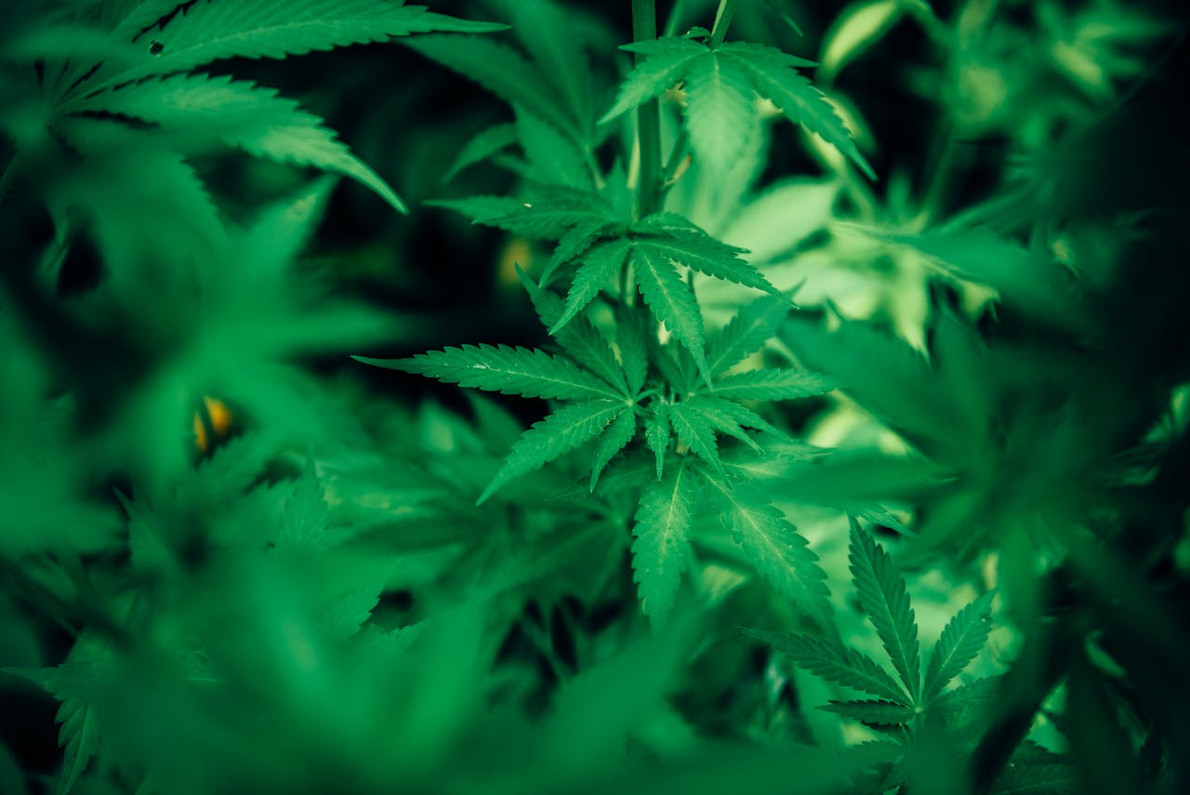Common Nutrient Deficiencies in Hydroponic Cannabis Plants
Managing a hydroponic cannabis garden involves understanding the complexity of nutrient supply for your plants. Hydroponics, by its nature, takes the soil out of the equation, leaving your water and nutrient solution as the primary sources of nutrition. This means that any imbalance or deficiency can have an immediate impact on plant health. Proper nutrient management ensures that your cannabis plants grow healthy, vibrant, and productive.
However, nutrient deficiencies are a common hurdle for many growers. It's easy to miss signs of deficiencies until they start affecting your plants' growth and yield. Yellowing leaves, stunted growth, and poor bud development can all stem from lacking nutrients. Getting familiar with these signs and knowing what to do when they appear is essential for keeping your hydroponic garden thriving.
Nitrogen Deficiency
One of the most typical nutrient issues in hydroponics is nitrogen deficiency. Nitrogen is a key player in plant growth, significantly contributing to the development of stems and leaves. So, what does a nitrogen-deficient plant look like? You'll usually notice the lower leaves turning yellow while the rest remain green. This yellowing often starts from the tip or the edges and works its way inward.
There are some main reasons why nitrogen deficiency happens in hydroponics:
- Insufficient nutrient solution: If your plants don't get enough nutrients in the solution, they'll show signs of deficiency.
- Improper pH levels: If the pH is too high or too low, it can lock out nitrogen, even if it's present in the solution.
Fixing nitrogen deficiency involves a couple of key steps:
- Adjust your nutrient mix: Ensure that your nutrient solution includes enough nitrogen to support healthy plant growth.
- Monitor the pH: Keeping the pH levels within an optimal range (usually around 5.5 to 6.5 for cannabis) ensures that nutrients remain accessible.
Phosphorus Deficiency
Another essential nutrient for your hydroponic cannabis is phosphorus. It's crucial during flowering for developing buds and providing energy to the plant. If your plants aren't getting enough phosphorus, they'll likely show signs such as older leaves becoming darker or developing a purplish hue. Slower growth can also be a warning sign that they're not getting enough phosphorus.
Here are some common causes of phosphorus deficiency:
- Incorrect pH levels: Much like with nitrogen, pH balance is critical. If it's off, your plants might not be able to absorb phosphorus effectively.
- Low phosphorus in the nutrient solution: Ensure that the nutrient mix you're using is balanced and contains enough phosphorus.
Addressing phosphorus deficiency can be done by:
- Using phosphorus-rich nutrients: Ensure your nutrient solution has all the phosphorus your plants need, especially during the flowering phase.
- Keeping the pH in check: Regularly monitor and adjust the pH to ensure that all nutrients, including phosphorus, are available to your plants.
By understanding these common nutrient deficiencies and their solutions, you're well on your way to maintaining a flourishing hydroponic cannabis garden. Recognizing symptoms early and adjusting your nutrient and pH levels accordingly can prevent minor issues from becoming larger problems. As you continue to care for your plants, keeping these tips in mind will certainly help you steer clear of common pitfalls and ensure a healthy, productive grow.
Potassium Deficiency
Potassium is one of those elements that plays multiple roles in your cannabis plants, from helping with water uptake to aiding in growth and photosynthesis. A plant lacking potassium often shows yellowing and browning edges on older leaves. You might also notice weak stems and a general lack of vigor. If not addressed, these symptoms can hinder your plants' ability to produce high-quality buds.
The usual culprits behind potassium deficiency include:
- Imbalanced nutrient solution: Sometimes the mix doesn't have the right ratio of nutrients.
- High salt levels: Excessive salts can interfere with nutrient absorption.
To overcome this issue, consider these solutions:
- Balance your nutrient ratios: Make sure your solution includes enough potassium.
- Flush the system: Remove any build-up of salts that might be blocking nutrient uptake.
With a bit of adjustment, you can ensure your plants receive enough potassium to thrive.
Magnesium Deficiency
Magnesium is essential for photosynthesis, as it forms the central atom in the chlorophyll molecule. When your plants are low on magnesium, you'll usually see interveinal chlorosis—meaning the areas between the leaf veins turn yellow while the veins stay green. Leaves may also curl upward, a sign they're not getting what they need.
Reasons for magnesium deficiency often include:
- High levels of calcium or potassium: These can compete with magnesium absorption.
- Poor soil structure or wrong pH: These factors can affect nutrient availability.
To fix magnesium deficiency, work on these aspects:
- Add magnesium supplements: Consider adding Epsom salts to your nutrient solution.
- Adjust nutrient levels: Check that your mix doesn't have too much calcium or potassium.
Being proactive in managing magnesium levels will help keep your plants healthy and lush.
Iron Deficiency
Iron is key for chlorophyll synthesis and respiration. Symptoms of iron deficiency appear as a yellowing of the younger leaves, but the veins will stay green. This often happens because of high pH levels or excess phosphorus, which can lock out iron even when it's present.
If you think your plants are suffering from iron deficiency, consider:
- Lowering the pH: Keep it in the desired range for cannabis plants to help iron absorption.
- Use iron chelates: These can make iron more available to your plants.
Paying attention to the balance of nutrients and keeping an eye on pH can help you avoid this common issue.
Keeping Your Plants Healthy
Preventing nutrient deficiencies is all about balance. Making sure your nutrient mix is well-rounded and keeping pH levels in check is crucial for healthy plant growth. Regular monitoring can help you spot deficiency symptoms early, allowing for timely interventions. This diligence not only ensures robust growth but also impacts the overall quality and yield of your cannabis plants.
Remember, each deficiency has its clues, and catching them early can save a lot of trouble in the future. Being equipped with the right knowledge and tools makes all the difference in hydroponic gardening. So keep a watchful eye and adjust accordingly. Your efforts will lead to a flourishing garden and a bountiful harvest.
To maintain healthy hydroponic cannabis plants, it's important to understand the essentials of nutrient management. If you're looking to dive deeper into ensuring your garden thrives, explore more about various nutrients available through Shore Grow. With the right tools and advice, keeping your plants vibrant and productive is within reach.
Recent Posts
-
How to Adjust LED Grow Light Settings for Optimal Growth
LED grow lights have become a favorite tool for many cannabis growers, thanks to their efficiency an …Oct 29th 2025 -
Must-Have Lighting Accessories for Any Grow Room
Starting a cannabis grow room can be quite an adventure, especially when it comes to picking the rig …Oct 29th 2025 -
Tips for Resolving Inefficiencies in High Intensity Discharge Lamps
High Intensity Discharge (HID) lamps play a crucial role in hydroponic cannabis cultivation, offerin …Oct 22nd 2025




